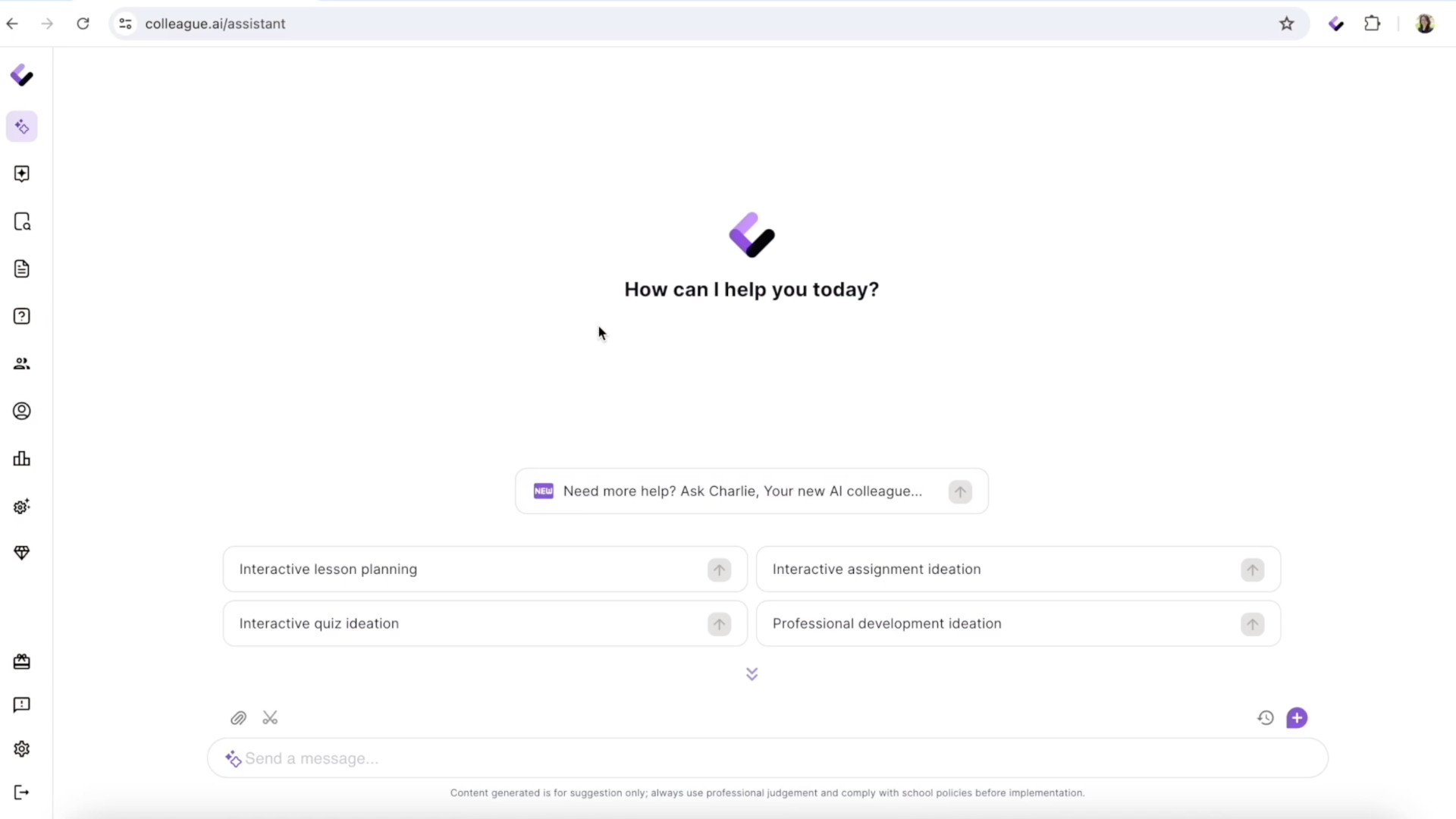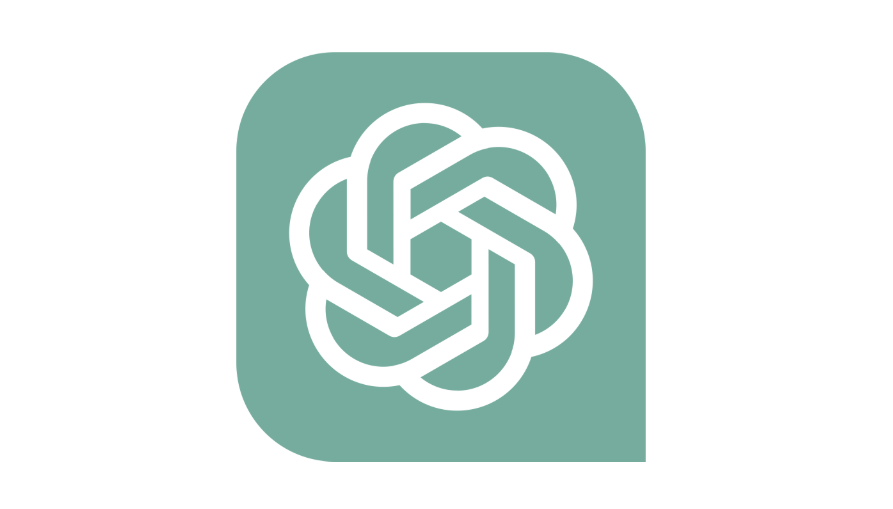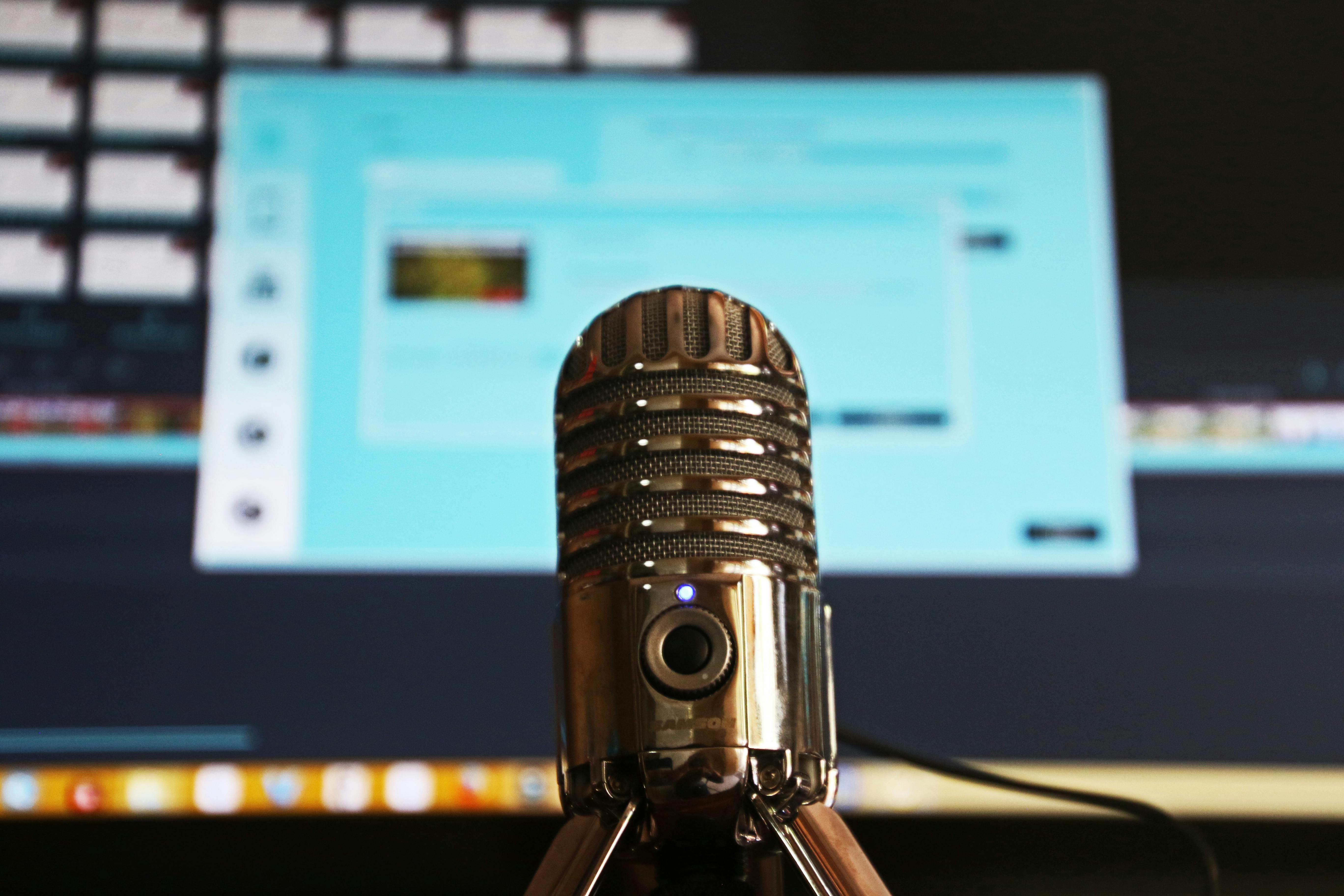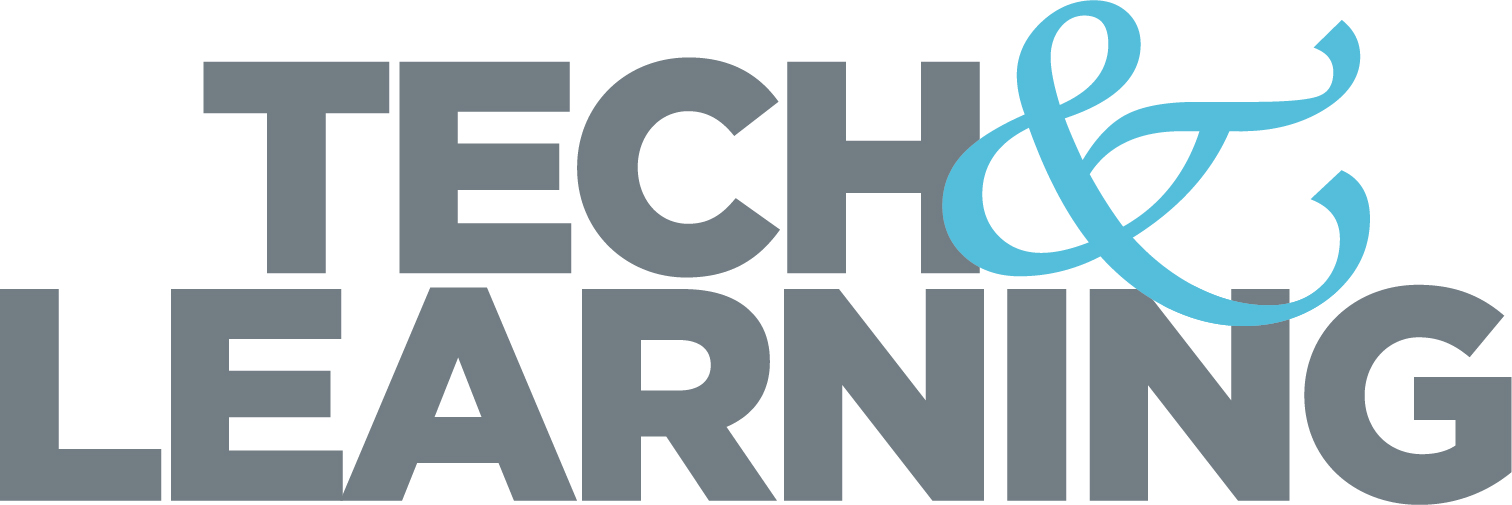Executive Briefs

THE ROLE OF LEADERSHIP IN PROTECTING STUDENT DATA
Every school district employee shares responsibility for protecting student data, but a leadership champion is needed to build and sustain a data privacy program. However, leaders are often not close enough to the details to be able to assess the effectiveness of existing privacy protections. Usually, it is the CTO/CIO who first raises the alert that the system is too outdated to support current responsibilities and requirements. Compliance is a “top-down, bottom-up” function, which means that leadership needs to champion the efforts, set the expectations, and then empower the employees responsible for the work to determine the details. No matter how skilled, knowledgeable, passionate, or persistent school district employees are in building and attending to a student data privacy compliance program, the work simply cannot succeed without a leadership champion. Provide the support your leadership needs to understand existing risks as you do, and give them the road map to elevate your school system to a better place.
TECHNOLOGY COULD HELP STOP A SCHOOL SHOOTING
As districts grapple with how best to protect students and staff in an age of lockdowns, many are looking to advanced communications systems and facial recognition software. Schools are considering high-tech systems to increase security, such as mobile apps that allow real-time head counts during emergency situations, facial recognition technology that identifies individuals who have been placed on a school’s “blacklist,” and tools that recognize and alert officials to exposed guns. “Technology certainly does have a role in school crime prevention, as well as in school crisis management, but it’s really up to [the school districts] how much they embrace the technology,” says Ron Stephens, executive director of the National School Safety Center. Some of the newer mobile app-based technology can also be used in other emergency situations where schools need to be evacuated immediately, such as during gas leaks or natural disasters. Schools and districts across the country, large and small, have implemented or are testing numerous security programs. However, they come at a cost. Some experts believe that this technology may not be a practical investment for school districts when the probability of any one school experiencing a shooting is “once every 12,000 years.”
VIDEO: HOW TO MEASURE EDTECH PILOT SUCCESS
The Digital Promise Edtech Pilot Framework can help develop a personalized and measurable pilot goal through the application of hundreds of free tools and resources, videos, and best practices. The Framework provides a step-by-step process to help education leaders and technology developers run successful pilots. The eight steps are: 1) identify need; 2) discover and select; 3) plan; 4) train and implement; 5) collect data; 6) analyze and decide; 7) negotiate and purchase; and 8) summarize and share. The video provides a quick overview of the process and available resources. Also, Digital Promise offers Pilot micro-credentials so educators can earn badges as they build their research skills.
IN THE AFTERMATH OF NET NEUTRALITY, DISTRICT LEADERS SHOULD BE PROACTIVE WITH SERVICE PROVIDERS
Tech & Learning Newsletter
Tools and ideas to transform education. Sign up below.
The recent demise of net neutrality could threaten reliable Internet connections by raising prices, slowing downloads, and blocking some content, which could strain district finances and create headaches for teachers who use multimedia resources for teaching and testing. The now-defunct federal net neutrality policy, which ended June 11, barred ISPs from prioritizing web traffic or content. Critics are concerned that deregulation will pave the way for some providers to create “fast lanes” that allow some content to load or stream faster than others or require users to pay extra for some kinds of content. Some advocates have also said that the end of net neutrality could stifle innovation by making it harder for smaller education technology companies to operate and for teachers and students to access their content. Some states, such as New York and Montana, are trying to maintain regulations at the state level through executive orders. Washington state has enacted its own net neutrality legislation that ensures providers treat all traffic and content the same. If they’re concerned about “throttling”—which occurs when content from some sources is delivered intentionally at a slower pace—leaders should specify in their E-Rate applications and contracts with Internet service providers that they require neutral service. Unlike individual consumers, school districts have some leverage to negotiate their terms with Internet service providers.
5 ISTE UPDATED COMPUTER SCIENCE STANDARDS WILL REFLECT A “NEW ERA”
The new standards from ISTE will reflect a “new era” in the way K–12 educators should think about teaching STEM and computer science, experts and coding advocates say. The standards have just been updated for the first time in six years, with help from Code.org and the Computer Science Teachers Association, among other groups. The standards are not just for computer science teaching but apply to many teachers who are incorporating computer science into their teaching. Computer science education involves other aspects of academic discipling such as the social impact of computing, data science, and the general application of algorithms beyond traditional computer things—a concept called computational thinking. According to the guidelines, a learner must understand the hardware and software comprising a computer and its network, as well as the influence computing can have on the cultural and social well-being of individuals and society. The guidelines stipulate that a facilitator should choose relevant project- or problem solving-based lessons, encourage the use of computational thinking in those lessons, and ensure that the lessons are culturally diverse.











